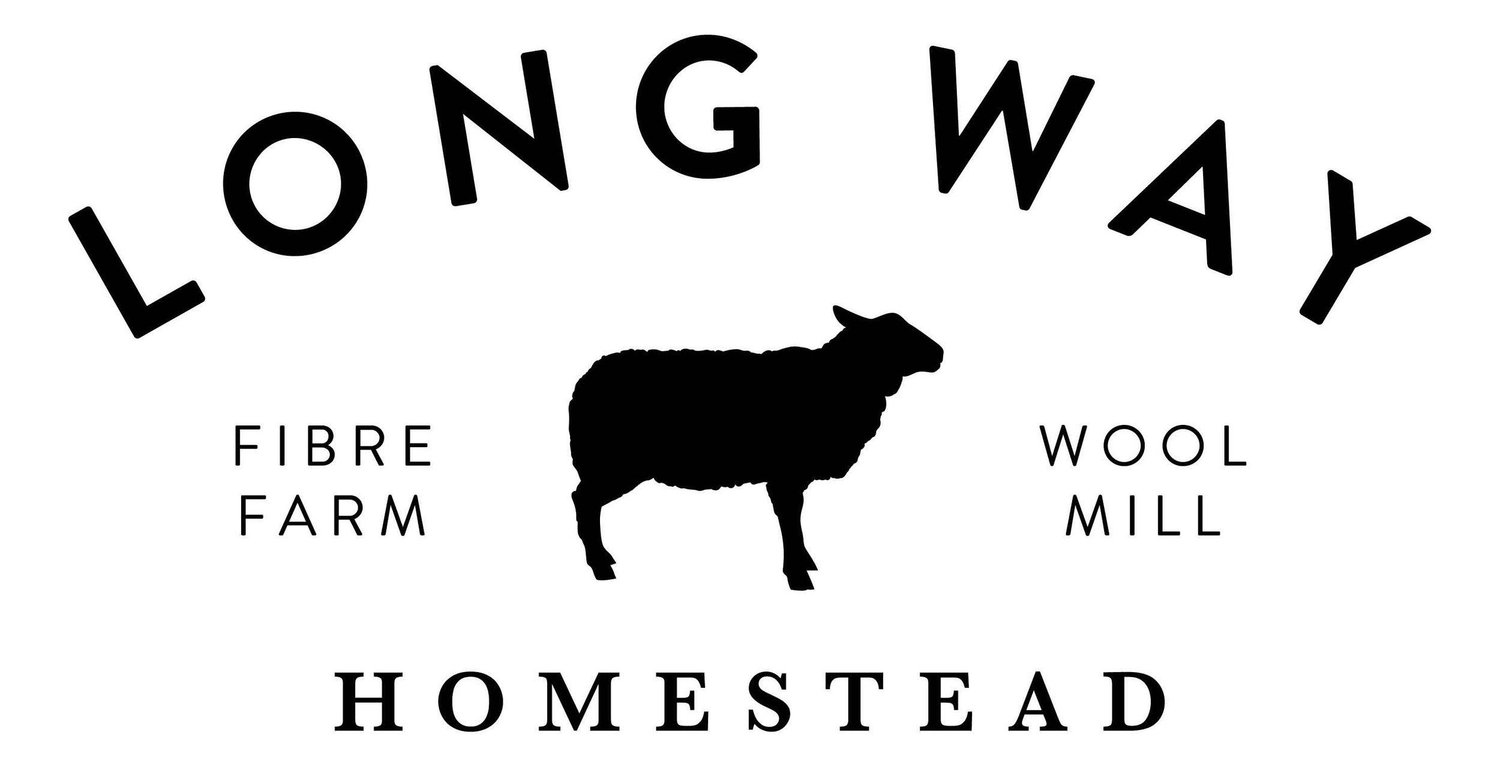While I was at Knit City a customer asked if I only had ‘natural dyed’ yarn and when I said yes, they asked why. I was kind of stumped - I hadn’t been asked that question before - and to be honest, I’ve never considered the alternative. I fumbled through an answer that at the core it’s part of my values for our business , but then I realized that perhaps I’ve never shared the ‘why’ of our choice to only use plants/bugs/minerals to dye our fibre and yarn. I wanted to share a bit of that here - so if you want the updates of what is new - then skip the next few paragraphs.
A bit of history around the dyeing of our clothes. Until the mid 1800’s all textiles were dyed using plants, bugs and minerals (and it was super expensive and in many cases something only the wealthy could afford). In 1856 William Henry Perkin, an 18 year old chemist, was experimenting with coal tar as a treatment for malaria. The experiment failed to treat malaria - but the oily residue left behind stained his silk a brilliant purple - which he called Mauveine. This forever changed the way our textiles would be dyed. There are more than 8000 synthetic dyes extracted from fossil carbon that are used in textile dyeing today. Here are some of the things that make me a little worried about synthetic dye use in our clothing (most of this list is from the Fibershed book by Rebecca Burgess):
Globally we have 200,000 tons of dye that are not bound to textiles and are lost to effluent (think rivers, lakes, sewage etc)
This dye causes oxygen deficiencies and impacts drinking water and irrigation - because dyes do not break down very easily.
Studies on Aniline Dyes have been linked to the disruption of our endocrine systems.
There are many other reasons why synthetic dyes are harmful for our bodies and environment (I’ll put a few more resources at the bottom).
Ok - confession time - I don’t really like dyeing yarn - it is probably my least favourite part of the yarn biz. What I do REALLY love is integrating natural dyes into our farming and regenerative ag goals.
Since moving to the farm I have been obsessed with growing natural dyes (especially japanese indigo or persicaria tinctoria). Even in these +30 degree days I love filling up my wheelbarrow with sheep manure and composted bedding from the past year and dumping it on my garden - planting my starts and seeds - and then watching them grow into flowers that I can use to DYE MY YARN. And then when they are done I dump the leaves/flowers/stems on my compost pile where the leftover nutrients return to the soil to cycle through to the soil that in turn grows forages to feed my sheep. Those sheep grow the wool that I process into yarn and their manure goes to feed my dye gardens of the future. A soil-to-soil yarn and dye model.
That is why I use natural dyes on my yarn!
More Resources:
The Secret Lives of Colour by Kassia St. Clair
Fibershed by Rebecca Burgess
To Dye For by Alden Wicker
Gathering Colour by Caitlin ffrench
The Art & Science of Natural Dyes
Interesting facts on synthetic dyes and bodies of water.


